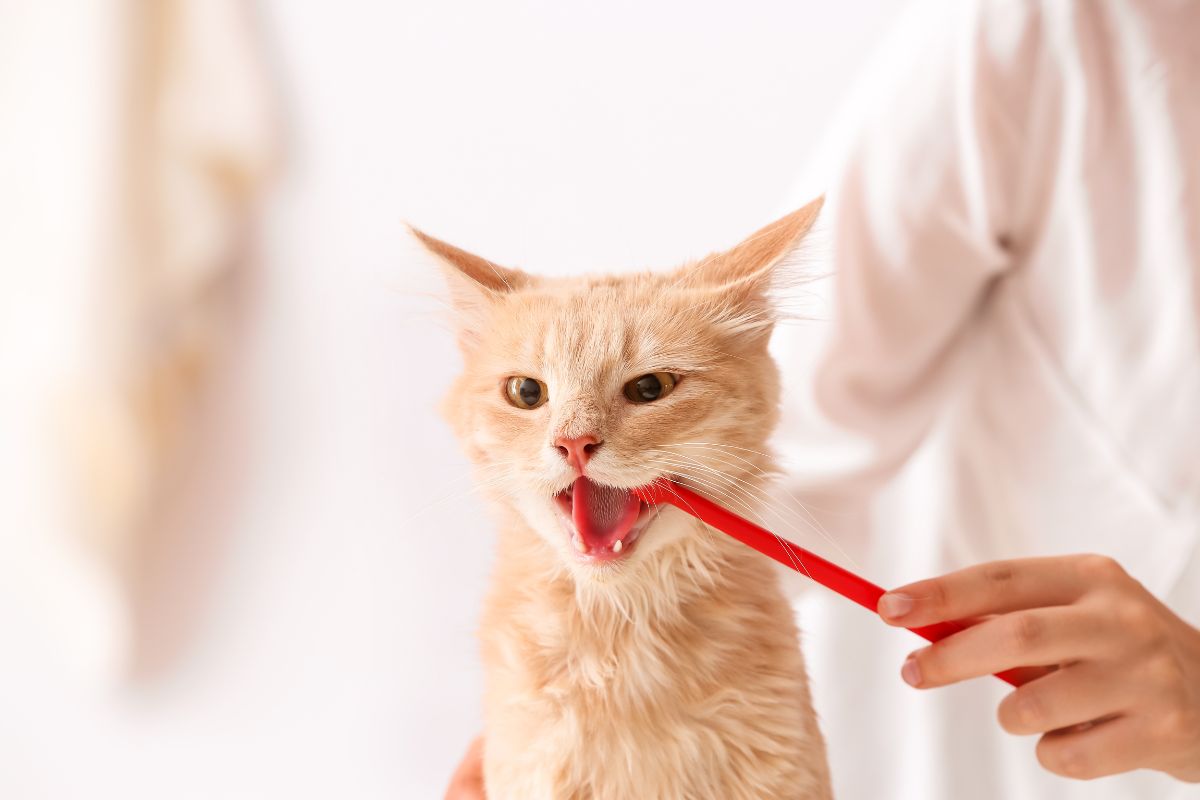
At Brigite’s Bengals, we believe that caring for our cats goes hand in hand with caring for the world they live in.
For many of us, sustainable living begins with reusable bags, compost bins, and thoughtful choices at the grocery store. But one area that often escapes attention? The daily routines of our cats.
It’s something we noticed, too.
Between plastic litter bags, disposable toys, single-use food packaging, and synthetic materials, even the most well-loved routines can quietly generate more waste than we’d like to admit. And when we looked closer, we realized: it didn’t have to be that way.
Small changes—made with intention—can lead to a cat routine that’s gentler on the planet, without sacrificing comfort, convenience, or care.
In our own cattery, we’ve made thoughtful swaps over the years: using compostable litter options, replacing plastic scoops with stainless steel, choosing toys made from natural fibers, and reducing packaging wherever possible. The results? Happier cats, cleaner spaces, and a deeper sense of alignment with our values.
If you’ve ever wondered how to create a more sustainable lifestyle for your cat, without compromising their well-being, we’re sharing the practical tips and gentle shifts that have made a real difference here at the Maison.
Because caring for cats has always been about more than just feeding and play—it’s about nurturing a way of life that’s thoughtful, balanced, and future-friendly.
Why a Sustainable Cat Routine Matters
✅ Reduces single-use plastic and waste
✅ Supports environmentally responsible brands
✅ Lowers your carbon paw-print
✅ Encourages healthier choices for your cat and the planet
1. Switch to Natural, Biodegradable Cat Litter
This was the first and easiest swap I made. Traditional clay litter is strip-mined and non-biodegradable — plus, it’s heavy and dusty.
Greener Options:
🌿 Wood-based litter (like Ökocat)
🌿 Corn-based litter (like World’s Best Cat Litter)
🌿 Recycled paper pellet litter (like Yesterday’s News)
🌿 Tofu-based litter (gaining popularity for low waste)
2. Choose Sustainable Cat Food Packaging
So much cat food comes in plastic bags that aren’t recyclable. Switching to brands that use:
✅ Recyclable cans (like Weruva or Tiki Cat)
✅ Compostable or paper packaging
✅ Bulk buying (to reduce packaging waste)
Pro Tip:
Buying larger bags of dry food and using airtight containers cuts down on packaging while keeping food fresh.
3. Use Biodegradable Poop Bags for Litter Disposal
Scooping litter with plastic grocery bags adds a surprising amount of waste.
Better Options:
✅ Compostable poop bags
✅ Paper bags
✅ Dedicated litter disposal systems (like Litter Genie) with reduced plastic use
Story Time:
Switching to compostable bags seemed like a tiny change, but when I realized I was using one to two bags every single day, the impact felt much bigger.
4. Swap Plastic Toys for Natural or Durable Options
Cheap plastic cat toys break easily and end up in the trash. Luna has shredded her share of plastic mice.
Greener Alternatives:
✅ Wool felt balls
✅ Sisal rope scratching posts
✅ Recycled cardboard toys
✅ Organic catnip in cotton or hemp fabric
Bonus:
These toys often last longer and don’t contain harmful dyes or plastics.
5. Invest in Quality Cat Furniture That Lasts
Cat trees and scratchers made from synthetic carpet can wear out quickly and shed microplastics.
Look For:
✅ Solid wood cat trees
✅ Sisal-wrapped posts
✅ Recycled cardboard scratchers
✅ Multi-functional furniture that grows with your cat
Pro Tip:
Look for modular pieces that can be replaced individually instead of tossing the whole structure.
6. Try DIY Cat Toys and Accessories
Not all eco-friendly changes require new purchases.
✅ Make toys from old T-shirts, socks, or paper bags
✅ Build cardboard box forts for climbing fun
✅ Repurpose old blankets for cozy cat beds
Story Time:
Luna’s favorite toy? A crumpled paper ball. It’s free, fully recyclable, and she goes crazy for it.
7. Support Brands That Care About Sustainability
Look for companies that:
✅ Use recycled or compostable packaging
✅ Commit to carbon neutrality
✅ Source ingredients responsibly
✅ Avoid harmful chemicals or excessive plastic
Brands I Love:
🌱 Open Farm — sustainably sourced food and recyclable packaging
🌱 Beco Pets — eco-friendly bowls, toys, and accessories
🌱 Tuft + Paw — modern, durable cat furniture built to last
8. Reduce, Reuse, and Recycle (Cat Edition)
✅ Reuse cardboard boxes as scratchers or hideouts
✅ Choose metal or ceramic food bowls over plastic
✅ Donate old cat supplies to local shelters
✅ Recycle litter packaging properly
Pro Tip:
A simple switch from plastic bowls to ceramic can prevent chin acne and reduce plastic use.
Conclusion: Small Changes, Big Impact
In our experience, the smallest shifts often bring the most meaningful results. A lighter waste bin, a fresher home, and a deeper sense of purpose in the choices we make for our cats — these are the quiet victories of a more sustainable routine.
And the cats? They don’t miss a thing.
Comfort, play, and nourishment remain unchanged. What has changed is the impact. Each choice — from compostable litter to thoughtfully sourced toys — leaves a lighter footprint, without compromising care.
There’s no need to change everything at once. Begin with a single swap: a better litter, a reusable scoop, or a handmade toy. Let that be the first of many gentle improvements.
Because every small, intentional step we take doesn’t just benefit the planet — it also creates a cleaner, safer, and more loving space for the cats who call it home.
At Brigite’s Bengals, that’s the kind of legacy we want to leave behind — one paw at a time.
